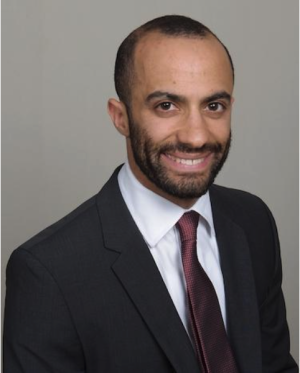Monday:
VA inpatient: The psychiatry intern and medical students round on the patients from around 7:30AM to 9:00AM. I arrive on the unit at 8:00AM, and review the patients in the EHR and plan for the day with the attending until our team meeting at 9:00AM. I lead the team meeting, which includes the intern, medical students, attending, nursing, social worker, psychologist, and medical NP. The intern and medical students present the patients, and other team members chime in. After the meeting, we return to the unit and finish rounding on the patients. In the late morning, we place orders, call collateral, and start the documentation.
BHAC: This is the behavioral health walk-in urgent care clinic at the VA. On the afternoons I am here, I work with a behavioral health nurse and attending psychiatrist. I see a mix of patients in crisis, those who were recently admitted to the inpatient psychiatry unit who need close follow-up, and those needing medication refills. We also see patients in the ED and evaluate them for admission to the inpatient psychiatry unit.
Tuesday:
DBT elective: I see patients for 60-minute therapy appointments in my afternoon therapy clinic. I also do an hour of supervision with a psychologist trained in DBT.
Wednesday:
Full Circle Health clinic: I see patients for up to 2.5 hours per half day. I see a mix of medication management and therapy patients, and have about an hour of supervision at the end of the day.
Thursday:
Didactic days: Didactics are all day on Thursdays and are in person. This is one of my favorite days, because I get to see all of my co-residents! Most of the day is spent with the PGY3s and fellow PGY4s (PGY3s and 4s have didactics together). However, during the noon hour, residents from all of the classes gather for lunch, which the residency provides. The day is a mix of lectures, therapy seminar, journal club, case conference, grand rounds, business meeting, and C-group, a process group for residents led by group therapists.
Friday:
VA clinic: This is my busiest day. I see patients for up to 5 hours, and have an hour of supervision at the end of the day. I usually arrive about 30 minutes before the start of clinic at 8:00AM to review patients for the day. I typically will see two 60-minute intakes, and the rest are 30-minute follow-ups. Most appointments are for medication management. Supervision ends by 4:30PM, and I usually stay another 1-2 hours to finish documentation and respond to patient messages.
Evenings/weekends:
About once a month, I’m on call from Friday PM to Saturday AM or from Saturday PM to Sunday PM. And for 3 weeks per year, I’m on nightfloat, which includes a Sunday PM to Monday AM shift. Otherwise, the weekends are free! What my partner and I spend our time doing on weekends really depends on the season. In the summer and fall, we enjoy checking out the farmer’s markets, and road biking through the Boise foothills. Just a few weeks ago, I did some outdoor bouldering in the Boise foothills for the first time, and had a blast. In the winter, we love skiing at the local ski hill, Bogus Basin, only a 30-minute trip from downtown Boise. On longer weekends, we head further north to Tamarack for the better snow. We also love food, and have been pleasantly surprised by the number of good restaurants in town. Our favorite restaurant has to be Wylder, which has some of the best pizza I’ve ever had. In the evenings during the week, I spend my time doing a mix of cooking, watching the newest Star Wars mini series, and indoor bouldering at Asana, one of the three rocking climbing gyms in town.
